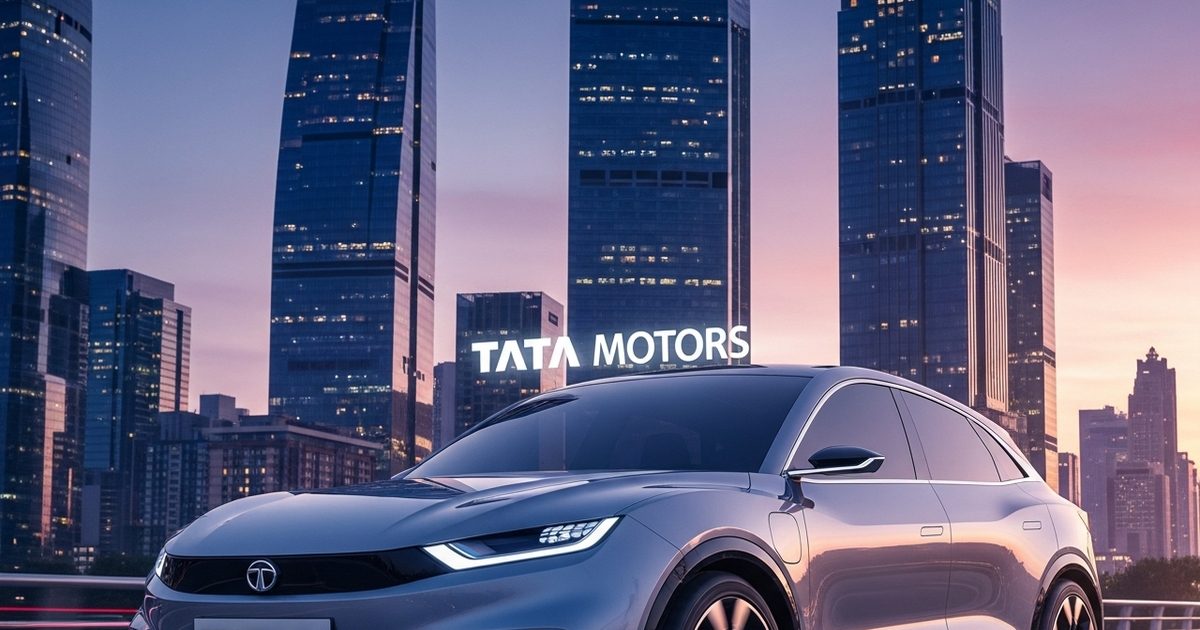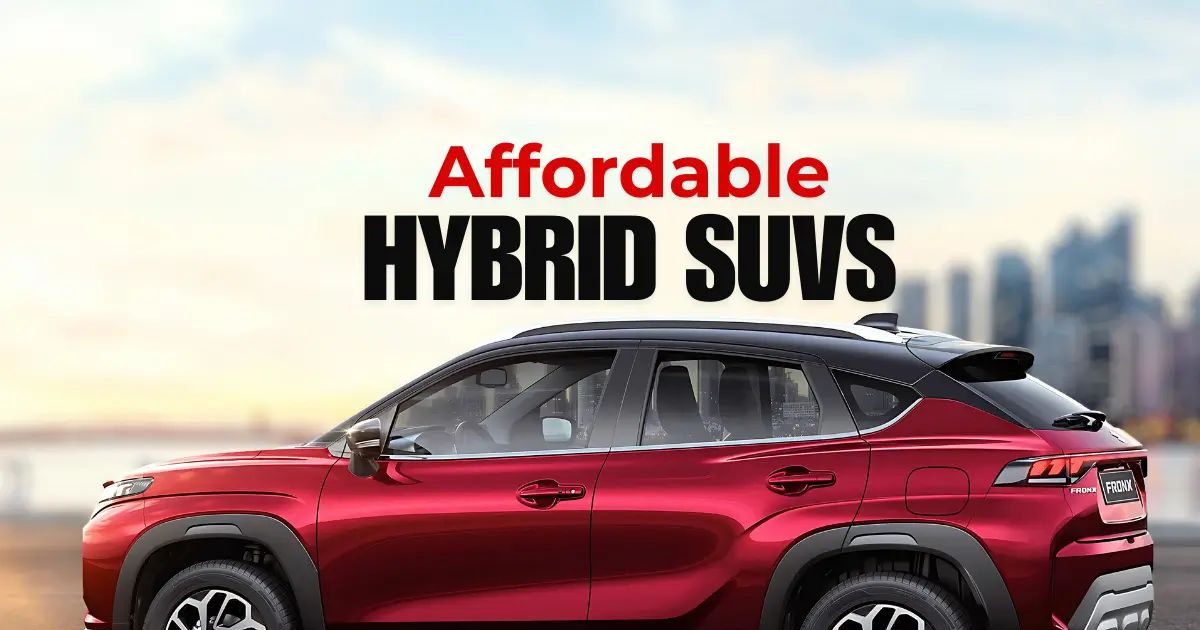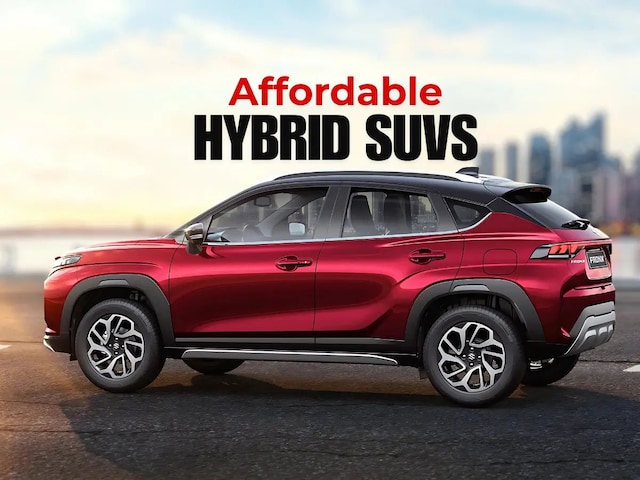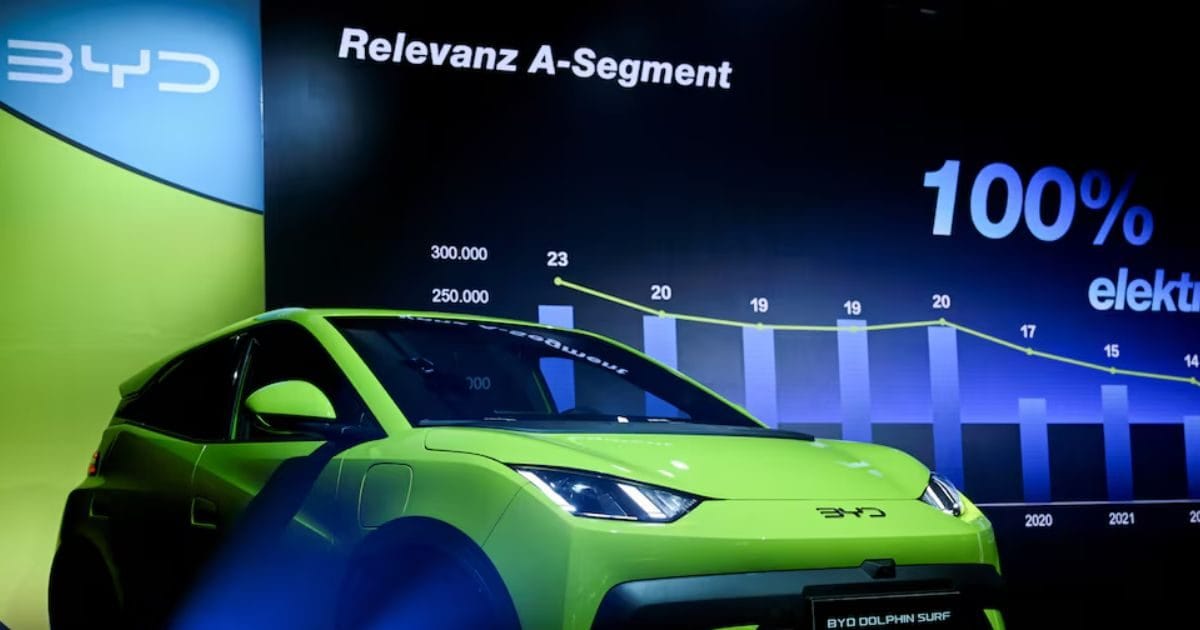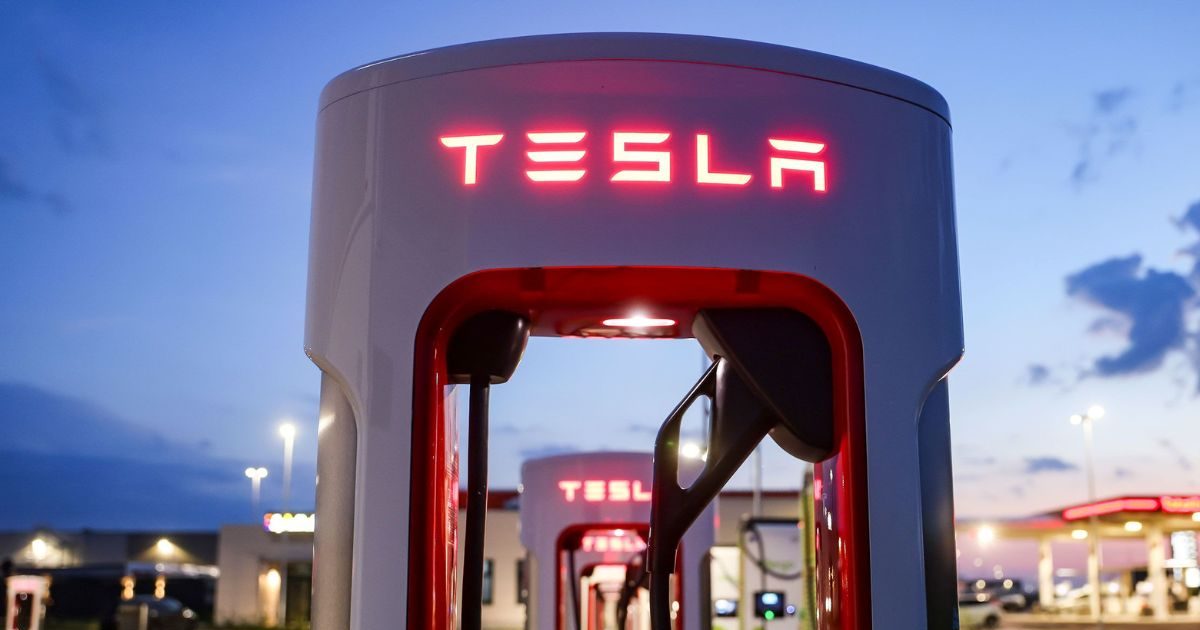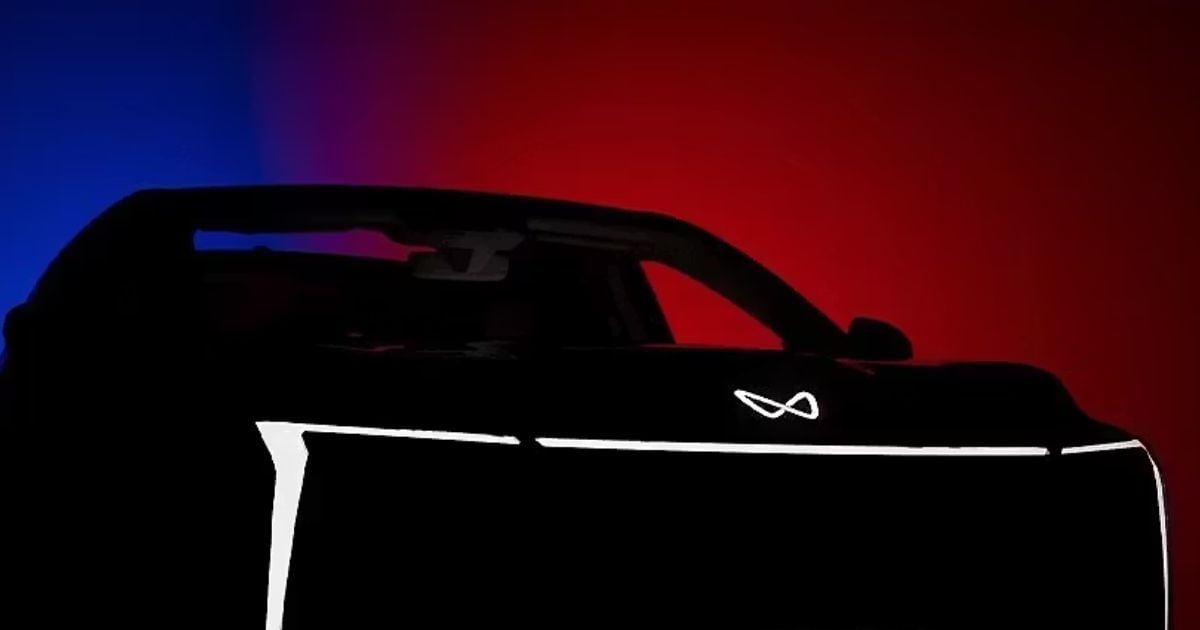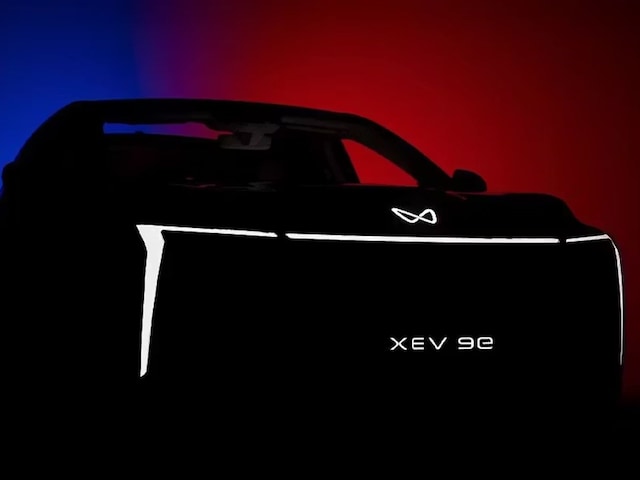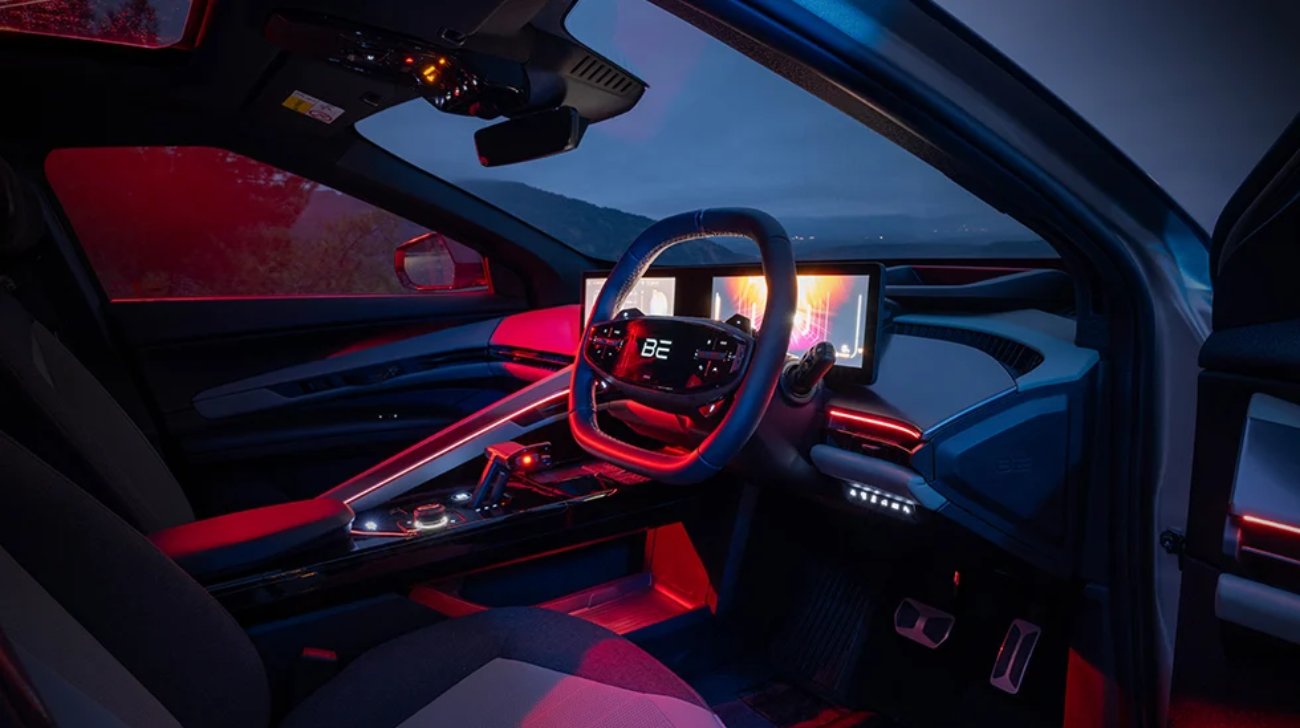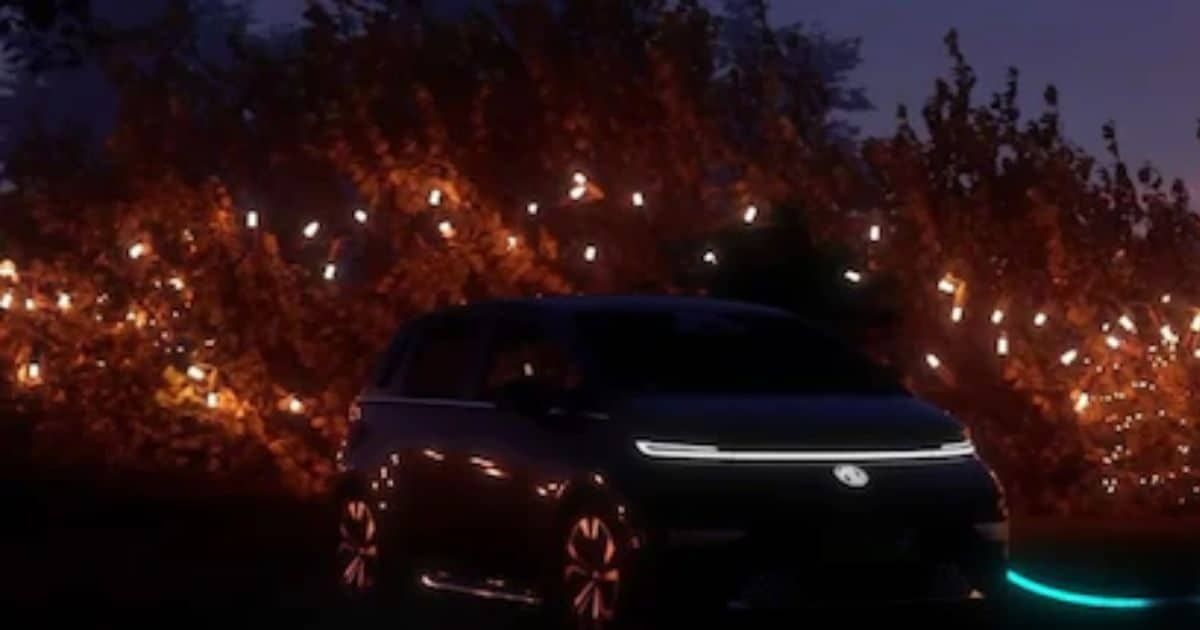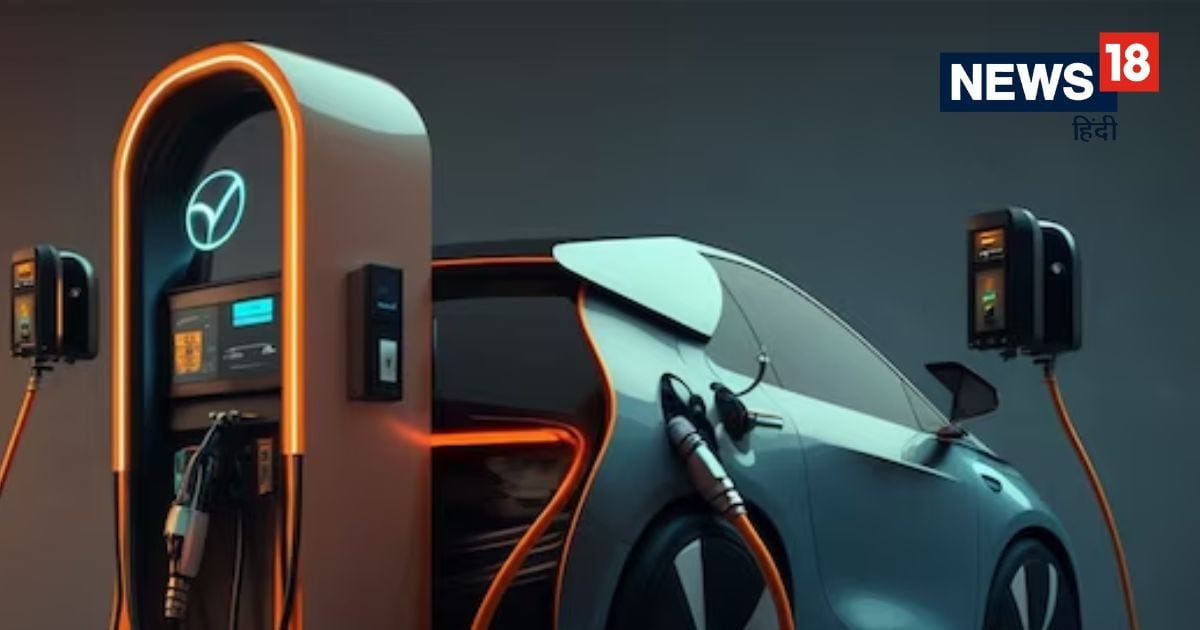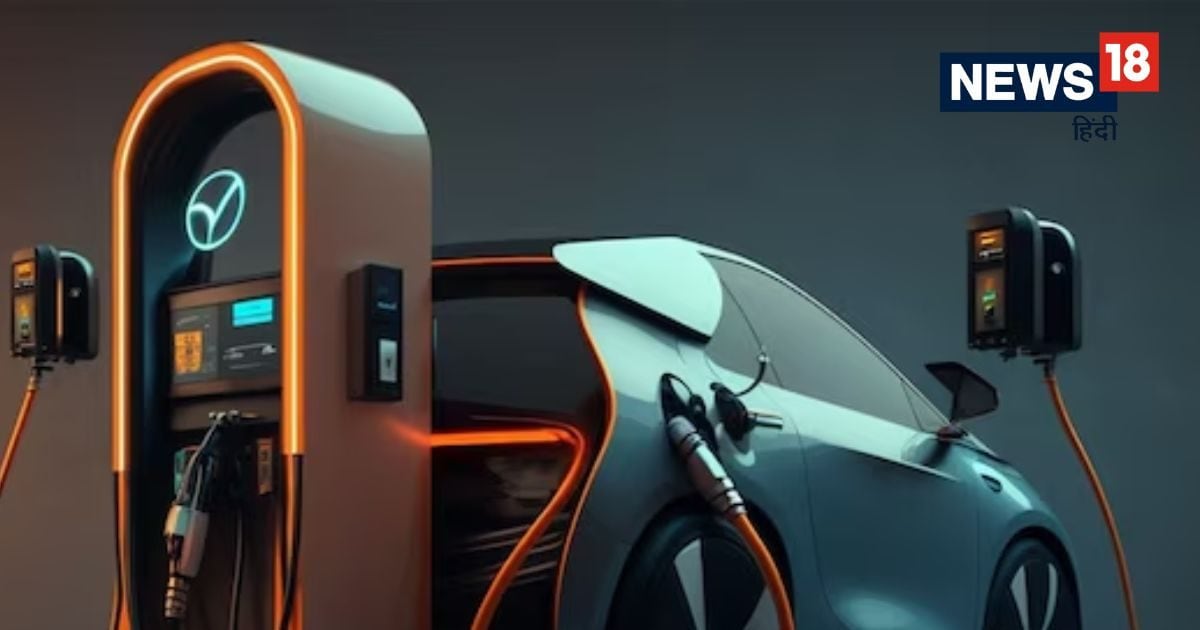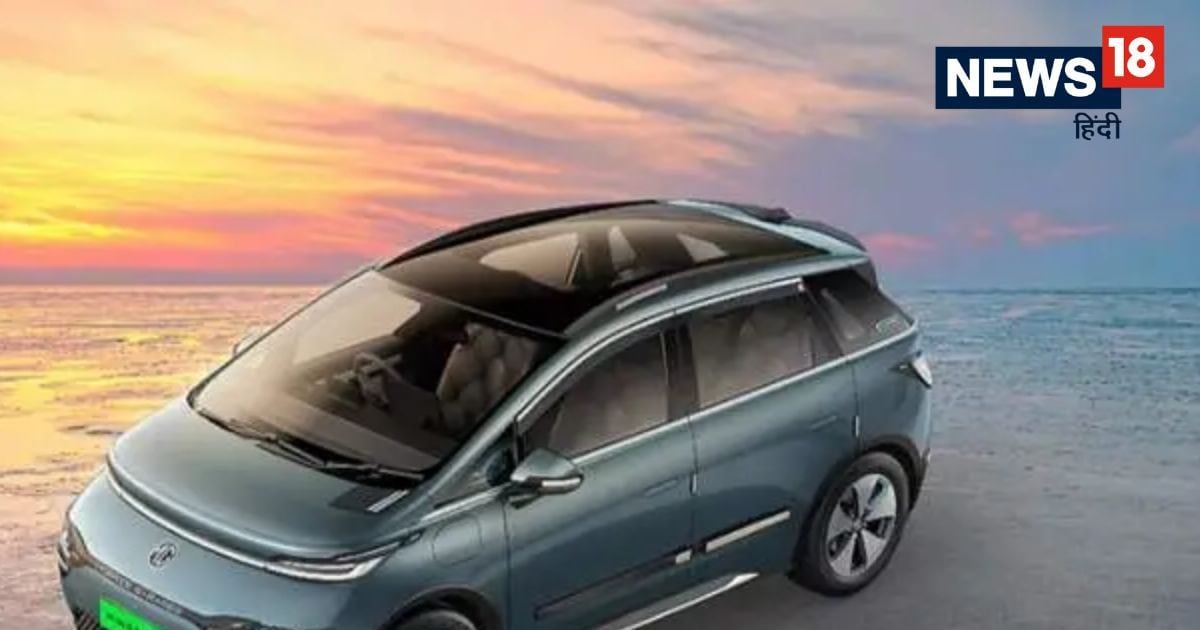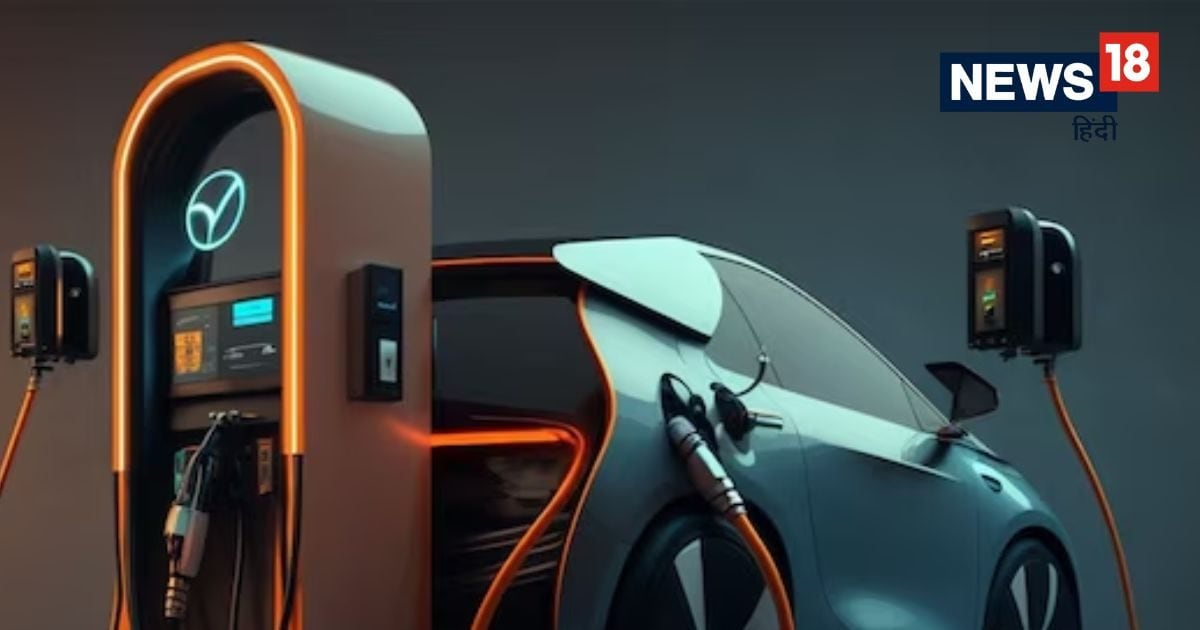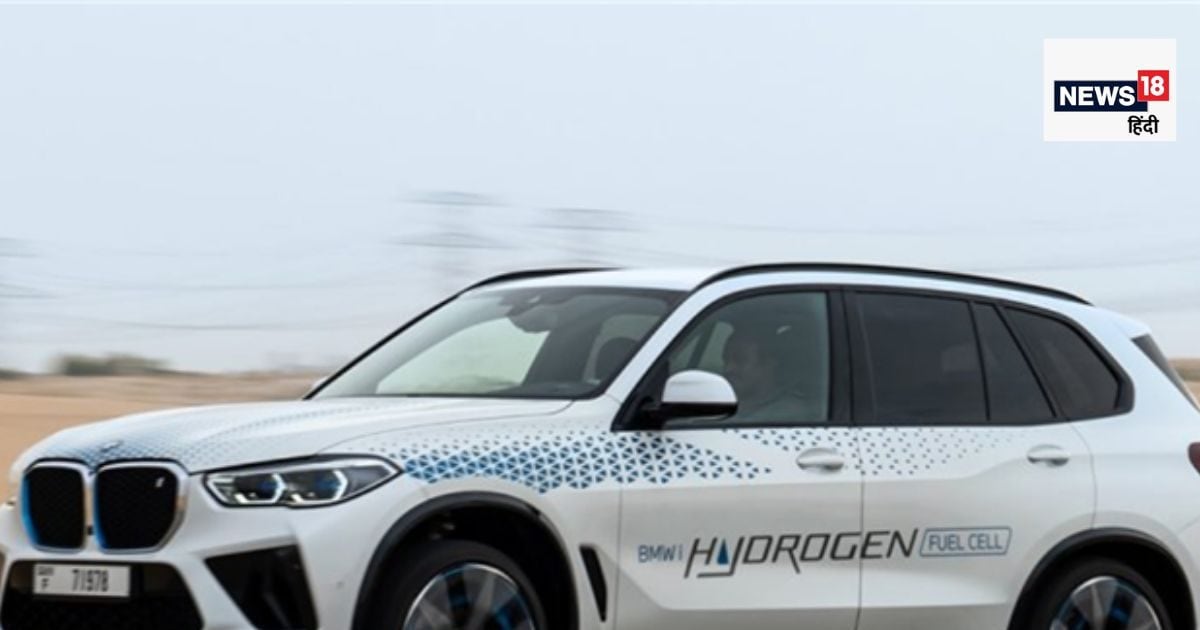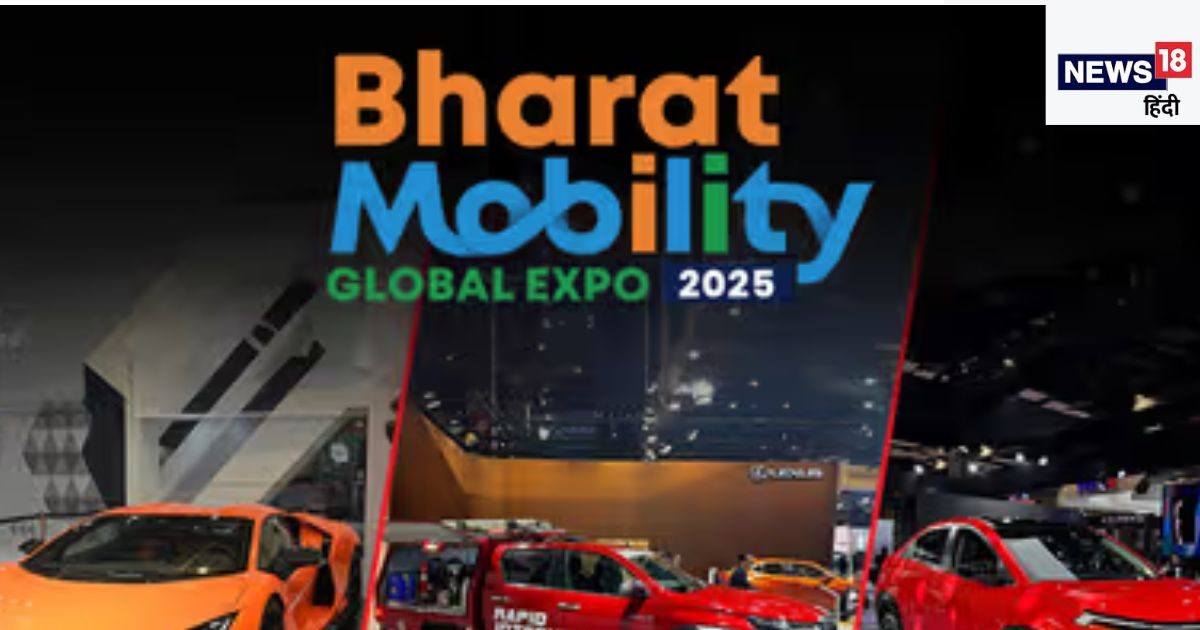Last Updated:
Tata Motors will launch several new models including Curvv, Harrier, Safari, Sierra and CNG, hybrid options, aiming for 18-20% share in PV and EV market by 2030. Some time ago, Tata's market share in the EV car market was quite high. Due to increasing competition with time, there was a gradual decline in it. Now the company is preparing to increase its market share.
New Delhi. Tata Motors has formulated an aggressive production strategy to strengthen its presence in the passenger vehicle (PV) and electric vehicle (EV) markets, aiming to achieve 18-20% market share by 2030. The company plans to launch several new models in different segments including urban compact EVs, midsize family cars, lifestyle SUVs and premium electric SUVs.
CNG and Hybrid
Focus on CNG and hybrid for SUVs over 4-metre long Apart from this, the domestic automaker is also planning to enter the CNG and hybrid vehicle segment, in which these powertrain options will be offered for SUVs over 4-metre in length. Tata's current product portfolio includes three such SUVs – Curvv, Harrier and Safari, as well as the upcoming Sierra.
Entry into 4.3 meter segment?
Speaking to an online media publication, Shailesh Chandra, Managing Director, Tata Motors Passenger Vehicles and Tata Passenger Electric Mobility, said that the company may consider expanding its CNG product lineup in the 4.3 meter segment if the demand is there. The CNG setup could be offered with a turbo-petrol engine, as is the configuration available on the Nexon CNG.
Inspired by CAFÉ 3 Standard
This push towards CNG expansion and hybrid powertrain adoption inspired by the upcoming CAFÉ 3 standard comes in view of the stricter CAFÉ 3 emission norms, which will come into effect from 2027. In FY2025, CNG and hybrid vehicle segments see a growth of 35% and 15.40% respectively. Sierra and Harrier/Safari petrol will be launched soon Tata Motors will launch the much-awaited Sierra midsize SUV on November 25, 2025. At launch, the SUV will be offered only with ICE (Internal Combustion Engine) powertrains, which will include 1.5L naturally aspirated petrol, 1.5L turbo petrol and 1.5L diesel options. Tata Sierra EV will arrive in early 2026.
Harrier and Safari
Tata Harrier and Safari petrol versions are scheduled to be launched on December 9, 2025. Both the SUVs will be powered by Tata's new 1.5L turbocharged petrol engine, which will produce 170PS of power. Transmission options will include both manual and automatic units.

